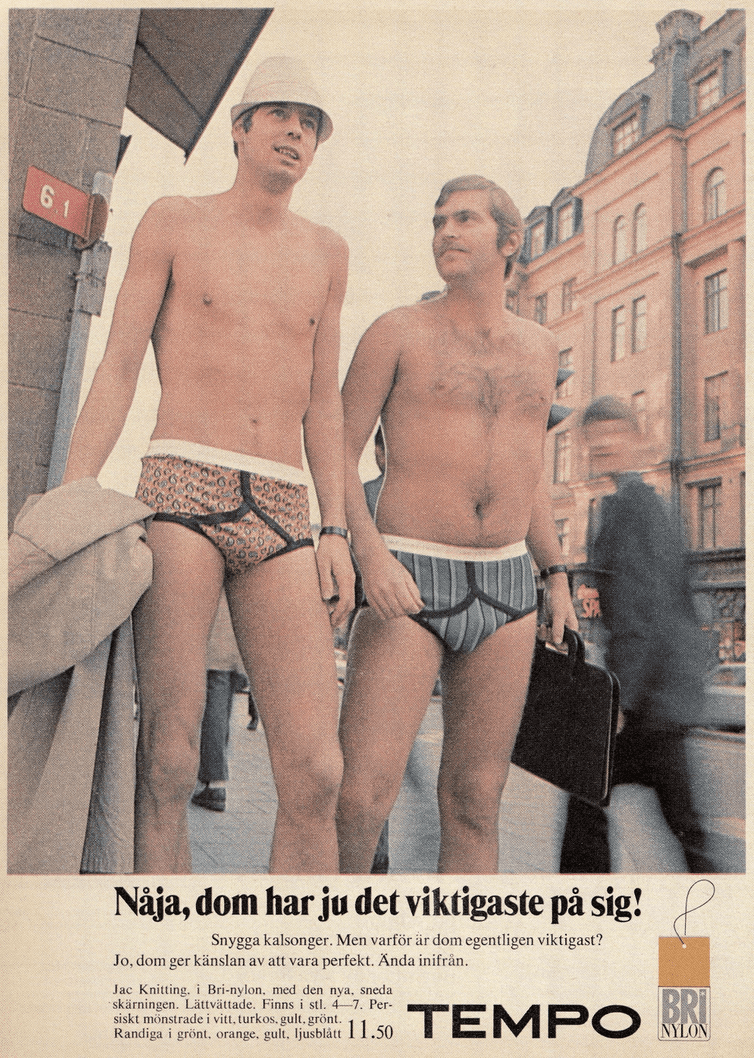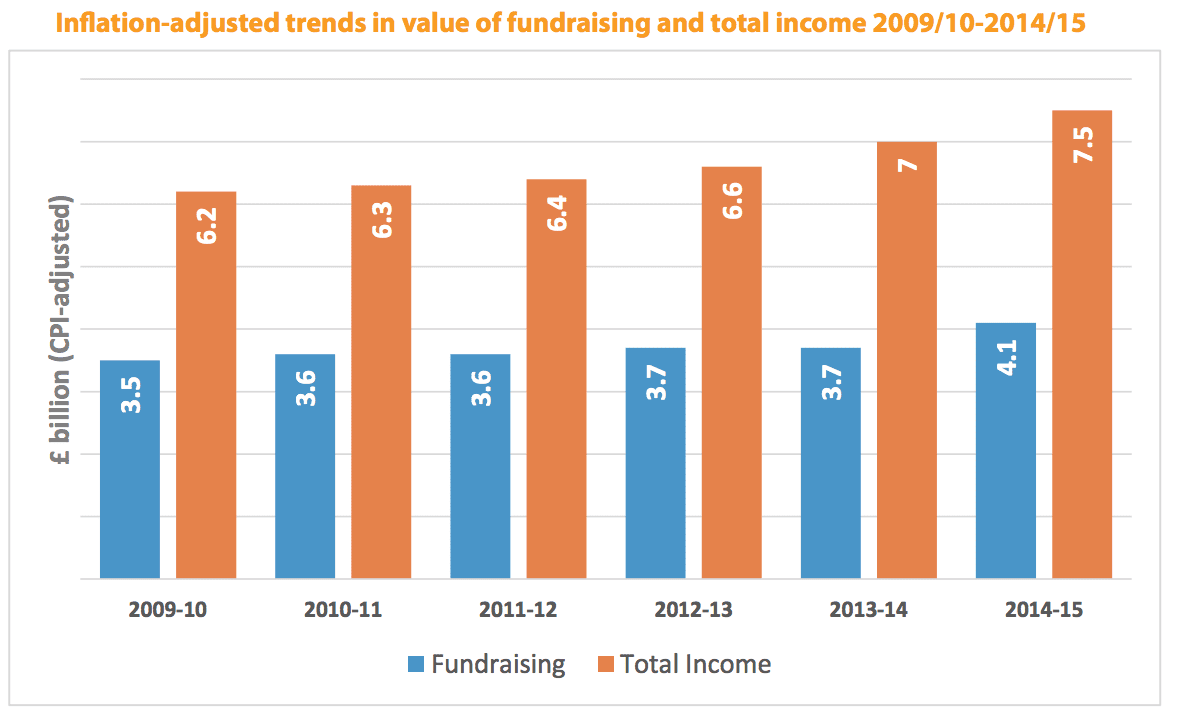What do you do when your most valuable donors don’t read your appeals?
Bluefrog Fundraising has just completed a detailed qualitative study into attitudes to giving and – perhaps more importantly, fundraising – amongst mid-value donors in the USA. It’s the fifth country we’ve looked at in this specific programme of research (the others being the UK, Canada, Australia and Ireland).
I’ll be sharing findings at three conferences. The first is at the International Fundraising Conference in New Orleans this April. The second will be at the IOF Convention in London in July and the third is at the IFC in Amsterdam in October (where I’ll be helping to run a masterclass with Kimberley Blease of Blakely and Liza Jerome of the Toronto General and Western Hospital Foundation – which will include findings from a range of our international mid-value studies and projects).
These presentations will be a little different to some of the others that we have given. This will be the first time that we are sharing findings about mid-value donors' attitudes to leaving a gift in a will or through planned end-of-life giving – an increasingly important area for this group of charity supporters.
We’ve a great deal of insight to pass on, but there was one disturbing fact that I thought I should highlight more generally.
We have known for some time that even though mid-value donors give significant amounts of money to charity, many choose not to read much of the direct mail they receive. What's perhaps more concerning is that it is becoming increasingly apparent that they tend to be proud of this fact. And in this US study, we found the highest incidence of this attitude than we've seen anywhere.
Many respondents thought that the majority of charity communications were not actually aimed at them. Instead, a significant number of the packs, emails and ads that fundraisers work so hard to produce are assumed to be for another audience.
And the fact is, they are.
When mid-value donors see a direct mail appeal asking for a few (or perhaps even twenty or thirty) dollars, pounds or euros, it’s about as relevant to them as an ad for discount nylon underwear (with matching socks) written in a foreign language.

Unless appeals are created with their needs in mind, this audience found charity mailings problematic. The only 'general' communications that appear to be regularly read are magazines and newsletters. Some donors were quite happy with those...
"They have their magazine ...showing what they do...when I get to read it, I find it’s good quality – it’s informative.”
“I like getting their quarterly newsletters to see what they are doing, and I get their annual report."
But when it comes to 'mass market' appeals, it was a very different story. At best, donors were ignoring them...
“I know they have to do it. It works for others."
But for many donors, mailings were an annoyance and disruptive...
“I actually keep a binder clip of index cards for organisations I support and I write on it the date and amount when I give and I write on it the date of every fundraising appeal I get. So if I get an extra fundraising appeal in the year I generally tell [the charity] OK your renewal date is now a year from now…so they keep putting off their gifts if they keep sending me premature announcements."
“I give every December and they should know that. They have the systems. I’d like an annual reminder that it’s time to give, but all of these other letters just show that they don’t know me.”
“Trouble is the more you get the less you read and so perhaps you miss the parts that you would be interested in… bite sized and relevant is what they should be aiming for. Or perhaps give us the chance to say more of that and less of this."
Make no mistake; the donors we spoke to were continuing with their support. But that was primarily because of their commitment to a cause.
The reality of the situation is that they are often giving in spite of the mailings that they receive – not because of them. Just as we found in the UK safeguarding study from last month, a surprisingly large amount of the information that American mid-value donors absorb about the charities they support comes from third parties – word of mouth, news media and, increasingly, online sources.
And that has profound implications for legacy and end-of-life planned giving. Because if donors are ignoring appeals, they are also ignoring requests for end-of-life giving too.
So what do we do?
One donor summed it up when he said:
“They need to have a different sender than usual...a technical means to elevate it. They should send me something in the mail in gold.”
He was joking about gold, but absolutely serious about elevating communications to a level that will have an impact. It appears from the people that we spoke to, that mid-value donors feel more than a little ignored by many charities. And though they will keep on giving, there is a huge opportunity to increase the support they offer if organisations get their approach right - both in lifetime and end-of-life giving.
In addition to appeals we must also look at the role and function of charity magazines and newsletters in the mid-value donors' communication cycle. Both can be incredibly powerful fundraising tools when constructed correctly. And with a few simple changes we can make these much more appropriate for mid-value donors. By doing so we can show donors how important they are, why they should trust us, how their gifts have been used and what more could be achieved with additional donations.
I'll be sharing more detailed findings in New Orleans, London and Amsterdam along with recommendations of what fundraisers should do to overcome the "it's not for me" barrier, but if you can't make any of those dates, drop me a line and we'll see if we can share insight with you in another way. Email me at things[at]bluefroglondon[dot]com.
Tags In
The Essentials

Crack the Code to Regular Giving: Insights, Strategies, and a Special Giveaway!

‘Tis Halloween. Keep to the light and beware the Four Fundraisers of the Apocalypse!

Why do people give? The Donor Participation Project with Louis Diez.

A guide to fundraising on the back of a postcard

What does the latest research tell us about the state of fundraising?






